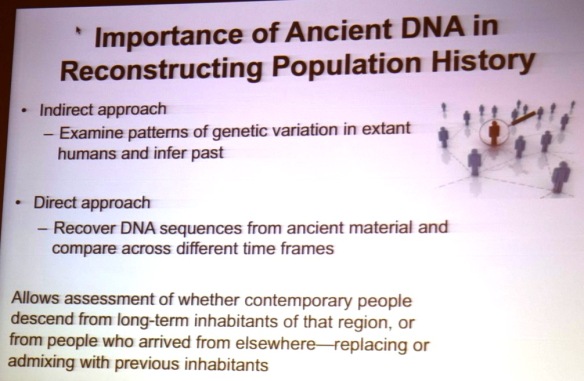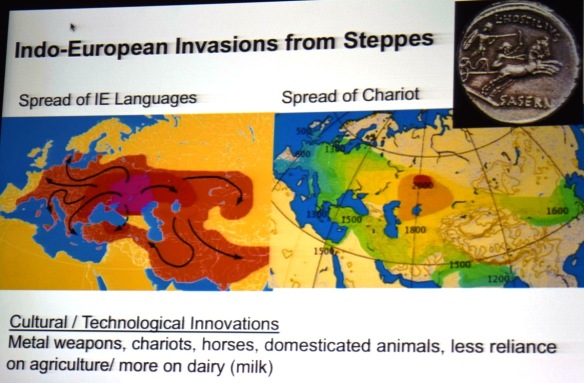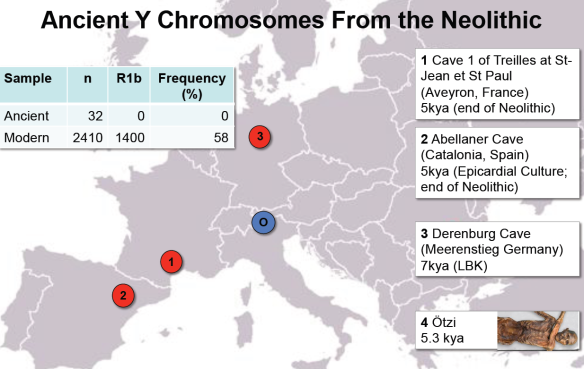Domen
Misico dux Vandalorum

Loschbour (late Northern European hunter from Luxembourg; 8000 years ago) and Stuttgart (early farmer immigrant from the Middle East; 7000 years ago):
Note that the Northern European hunter was NOT lighter-pigmented (except for eyes) than the Middle Eastern immigrant farmer:
See here:
http://www.ancestraljourneys.org/autosomaladna.shtml#pigmentation
And also:

Loschbour Northern European hunter (8000 years ago) - reconstruction (location "5" on the map posted above):

La Brana man from north-west Iberia (7000 years ago) - reconstruction (location "3" on the map posted above):
http://www.dailymail.co.uk/sciencet...-old-DNA-reveals-European-African-traits.html
Man, dubbed La Brana 1, also shows similarity to Scandinavian DNA

New scientific findings show that prehistoric European hunter-gatherers were rather dark-skinned (and this applies also to prehistoric Scandinavian hunter-gatherers). It seems that they did not need additional vitamin D from sunlight, because they had enough vitamin D from food - being hunters and gatherers, they were eating a lot of vitamin D-rich meat, fish, mushrooms and fruits. Only with the switch to agriculture several thousand years ago, amount of vitamin D-rich food in diet decreased - and as the result evolution of very pale skin tone among Europeans started.
Check also:
Debunking the theory that lighter skin gradually arose in Europeans nearly 40,000 years ago, new research has revealed that it started evolving much recently - only 7,000 years ago. (...) light-skin genes in Europeans evolved much more recently than previously thought. The findings, which were detailed today (Jan. 26, 2014) in the journal Nature, "also hint that light skin evolved not to adjust to the lower-light conditions in Europe compared with Africa, but instead to the new diet that emerged after the agricultural revolution", said study co-author Carles Lalueza-Fox, a paleogenomics researcher at Pompeu Fabra University in Spain.
The finding implies that for most of their evolutionary history, Europeans were not what many people today would call 'Caucasian', said Guido Barbujani, president of the Associazione Genetica Italiana in Ferrara, Italy, who was not involved in the study.
Instead, "what seems likely, then, is that the dietary changes accompanying the so-called Neolithic revolution, or the transition from food collection to food production, might have caused, or contributed to cause, this change," Barbujani said.
In the food-production theory, the cereal-rich diet of Neolithic farmers lacked vitamin D, so Europeans rapidly lost their dark-skin pigmentation only once they switched to agriculture, because it was only at that point that they had to synthesize vitamin D from the sun more readily.
"Most people of the world make most of their vitamin D in their skin as a result UV exposure. But at northern latitudes and with dark skin, this would have been less efficient. If people weren’t getting much vitamin D in their diet, then having lighter skin may have been the best option." - said co-researcher Mark Thomas of University College London.





















